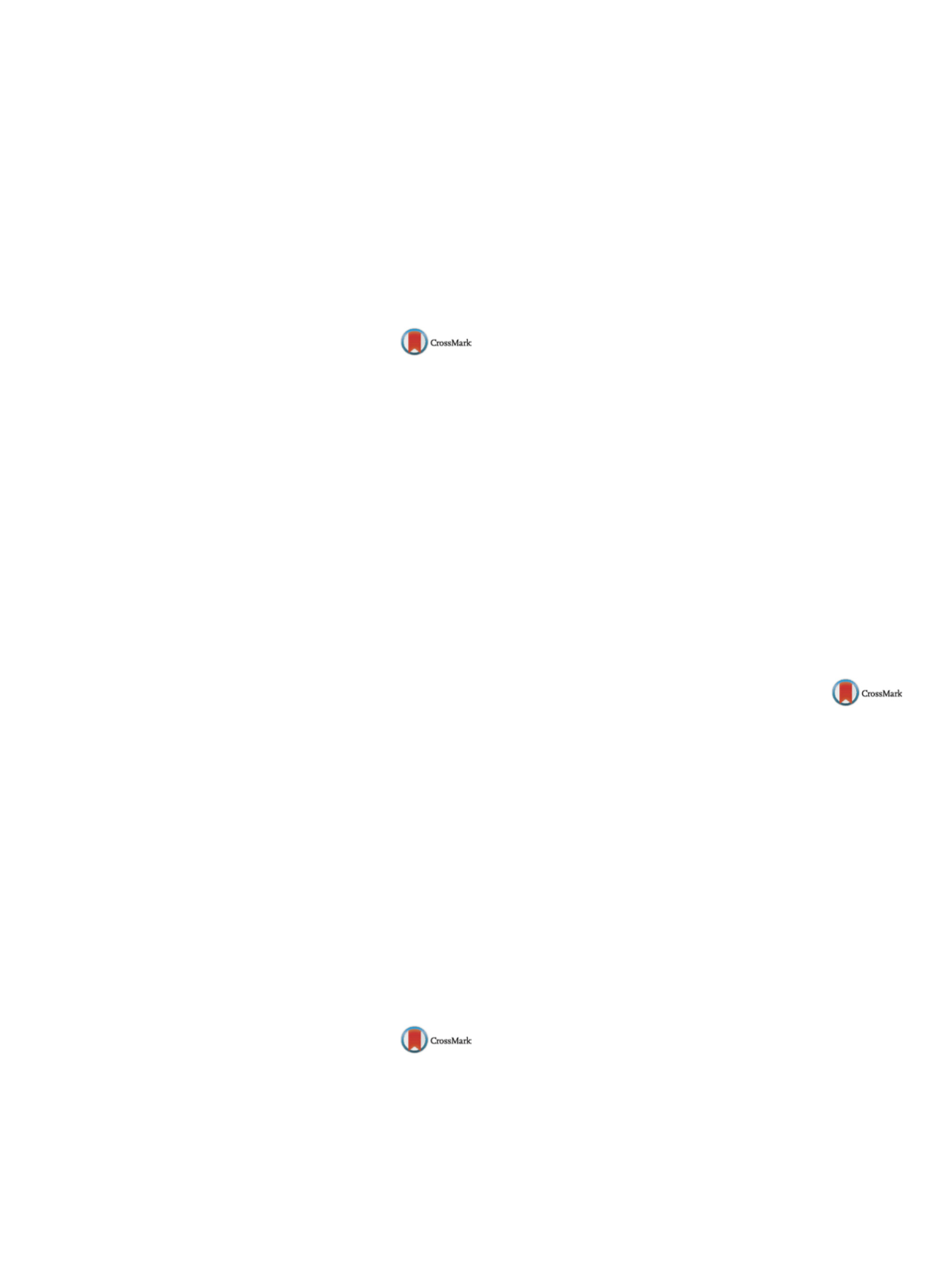

25th European Congress of Psychiatry / European Psychiatry 41S (2017) S238–S302
S277
with delusions was associated with the other dimensions, except-
ing for empowerment with negative symptoms (which in turn
was not associated significantly with any dimension). Empower-
ment regarding hallucinations and with disorganization were only
associated with empowerment with delusions, which was also
associated with anxiety symptoms (
r
= –.52,
P
= .016).
Conclusions
The EWPSS presented adequate reliability and valid-
ity. Further studies intended to explore the factorial structure of the
EWPSS are under development.
Disclosure of interest
The authors have not supplied their decla-
ration of competing interest.
http://dx.doi.org/10.1016/j.eurpsy.2017.02.115EW0502
Audit on prescribing practice of depot
antipsychotic injections in the adult
community mental health service
M. Ray
1 ,∗
, S. Rao
21
Leicestershire Partnership NHS Trust, General Adult Psychiatry,
Nottingham, United Kingdom
2
Leicestershire Partnership NHS Trust, General Adult Psychiatry,
Leicester, United Kingdom
∗
Corresponding author.
Introduction
There are a number of good standard practices avail-
able for prescribing long acting antipsychotics. Adherence to these
guidelines will minimise any harm to the service users.
Aims
To compare depot antipsychotic prescribing practice with
good standard practice guidelines of BNF, Trust and Maudsley
guidelines.
Objectives
To compare practice with standards in the areas of:
– licensed indication;
– dose/frequency range;
– avoiding poly-pharmacy;
– regular review of clinical and side effects.
Methods
Case notes of a randomly selected sample of 30 patients
from the depot clinic at the City East Adult Community Men-
tal Health Team Leicester, UK were retrospectively investigated.
The data collected was analysed and the results were produced.
Compliance with the best practice guidelines was calculated and
recommendations made based on the findings.
Results
One hundred percent compliance was noticed in
licensed indications and dose/frequency within BNF range. How-
ever, 14% patients received poly-pharmacotherapy, 86% had
regular outpatient review, but only 46% had review of side
effects.
Conclusions
Better quality of documentations by the clinicians,
improvised technology to elicit automatic review reminders, intro-
duction of checklist for clinics to include review of all clinically
important information, wider dissemination of the findings of this
investigation, and re-auditing practice to explore impact of this
investigation was recommended.
Disclosure of interest
The authors have not supplied their decla-
ration of competing interest.
http://dx.doi.org/10.1016/j.eurpsy.2017.02.116EW0503
The role of cannabinoids in
schizophrenia: Where have we been
and where are we going?
J. Reis
1 ,∗
, G. Pereira
21
Centro Hospitalar do Algarve, Departamento de Psiquiatria e Saúde
Mental - Unidade de Faro, Faro, Portugal
2
Centro Hospitalar Psiquiátrico de Lisboa, Departamento de
Psiquiatria e Saúde Mental, Lisboa, Portugal
∗
Corresponding author.
Introduction
Several studies have shown that both endocannabi-
noid system (ECS) and synthetic cannabinoids (SC) might be
involved in schizophrenia.
Objectives
To review recent literature on the role of cannabinoids
in schizophrenia. The review includes the evidence of cannabis use
as a risk factor for the development of schizophrenia, but also the
preliminary evidence for the use of cannabinoid-based compounds
in the treatment of psychosis.
Methods
The authors made an online search on PubMed for clin-
ical trials and reviews published in the last 12 months, using the
keywords: “cannabinoids”, “endocannabinoids”, “phytocannabi-
noids” and “schizophrenia”.
Results
The use of
Cannabis sativa
is associated with increased
risk of developing psychotic disorders, including schizophrenia,
and earlier age at onset of psychosis.
9-Tetrahydrocannabinol
(THC) has multiple actions in the brain development, including
impairment of neuroplasticity, dysregulation of dopamine and glu-
tamate signaling, and, possibly, neurotoxicity. The ECS has been
implicated in psychosis both related and unrelated to cannabis
exposure. Cannabinoid receptors type 1 (CB1 R) and type 2 (CB2
R), as well as the endogenous ligand N-arachidonoylethanolamine
(AEA) and 2-arachidonylglycerol (2-AG) levels, are most likely
to be involved in the pathophysiology of this disorder. On the
other hand, the antipsychotic effects of some cannabinoids have
been investigated in recent studies. Cannabidiol (CBD) and 9-
tetrahydrocannabivarin (THCV) may have therapeutic potential for
the treatment of psychosis.
Conclusions
Emerging evidence suggests an important role of
ECB system and SC on schizophrenia. On the other hand, recent
studies have shown some phytocannabinoidsmight represent ther-
apeutic promises in this disorder.
Disclosure of interest
The authors have not supplied their decla-
ration of competing interest.
http://dx.doi.org/10.1016/j.eurpsy.2017.02.117EW0504
Impact of environmental influence
and vulnerability to stress in the
development of first psychotic episode
L. Rossini Gajsak
1 ,∗
, M. Celic Ruzic
2, A. Koricancic Makar
3,
M. Rojnic Kuzman
41
Neuropsychiatric Hospital Dr Ivan Barbot, Department of Biological
Psychiatry, Popovaca, Croatia
2
Psychiatric Hospital Sv. Ivan, Department of Integrative Psychiatry,
Zagreb, Croatia
3
University Hospital Center Zagreb, Day Care Hospital for First
Psychotic Episodes, Zagreb, Croatia
4
University Hospital Center Zagreb, University Psychiatric Clinic,
Zagreb, Croatia
∗
Corresponding author.
Introduction
Some findings in patients with first psychotic
episode (FEP) could be related to alterations of stress responses.
Alterations of stress response are reflected in the alterations of the
HPA axis.
Objective
To assess the difference in stress response in FEP
patients and healthy controls as well as implications of environ-
ment to vulnerability to psychosis.
Aim
To assess endocrine and autonomic responses to acute psy-
chosocial stress, their associations with onset of the first psychotic
episode as well as the influence of the environmental factors.
Methods
We have assessed clinical status through clinical psy-
chiatric interviews, standardized psychiatric scales and validated
psychological scales, (LEQ, WHOQOL-BREF, PBI, Rosenberg) in 45
subjects with FEP and 50 age and gender matched controls. All
participantswere then exposed to the Trier Social Stress Test (TSTT).
Results
Our preliminary findings on a sample of 95 participants
indicate a differences between patients and controls in salivatory


















